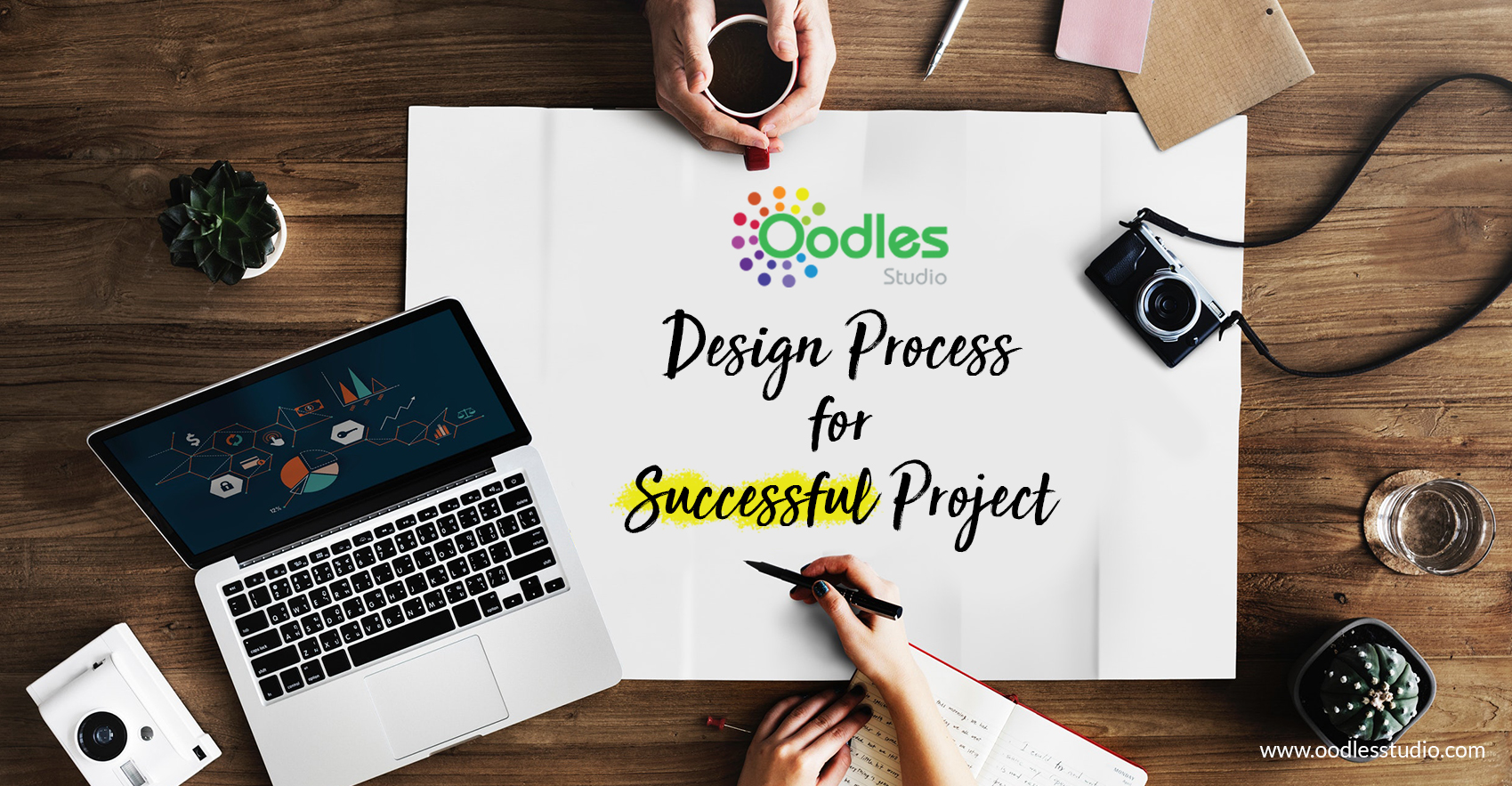
Writing for design
The first step when we are writing for any project is to think about our audience. Who will be our readers? So we need to create a text that calls (and holds) the attention of this group of people. This includes everything related to the way of writing, the tone and use of phrases and casual words.
Keep the style of writing for most projects, simple and direct to the point (when writing for a specific audience narrows or expands vocabulary a bit). Avoid excessive use of jargon or overload the text with acronyms. As a general rule, the text should be written in such a way that anyone with a secondary reading level can easily understand it. Even projects that are carried out with informal texts must be carried out with the same professionalism as the formal ones. I advise you to make variations between long and short sentences, as well as create a little story to keep people reading your text.
Consistency between design style and text
The second step is to create a text and visual design that works for hand in hand. Very often, the designer works in one room and the editor in another. The best projects are when these elements collide.
Start with a scheme: the drafting and design teams should discuss the visual and text effects during all phases of the project. If a group begins to change the plan or course of action, the whole team has to be aware of it. Look at some of your favorite projects – websites, posters, books – and you will find that the overall appearance has a distinctive tone. Words and images (probably even typography and color options too) all work together to create a specific environment. If any of the elements are out, the whole project will be affected.
Edit, edit, and edit
The third step is editing, nothing makes a project shine more than a good edition … or multiple editions!
Start editing yourself, read after having finished the text and work to make it agiler and adjusted to the point. Then, you give it to someone else to read it and go back to work on any section that makes the reader stop. If something is not resolved during the editing process, it is very likely that other people will encounter the error in sight.
When editing, remember to review the key points, such as lists, characteristics of what you are “selling” and prices or numbers in the text. Imagine ways to impact textually with subtitles to make it easier to read. Think of long blocks of text, and if there are ways to break them with more digestible elements such as lists or bullets. Finally, during the editing of the product for the web and online applications, do not forget to edit thinking about search engine optimization (SEO).
Fitting the words
The fourth step, make the words fit, fit. This step includes one more round of editing. Once your “final” text is placed in the design, the moment begins to work with the words, which must be arranged in a logical and readable manner.
Look for strange cuts in sentences or phrases that may make them difficult to understand. Line breaks in headings or subtitles – try to keep them on a single line for most projects.
Check the overall consistency in the text styles, so that the body of the text is in a format with a universal font and size, the same for headers and other elements. Look at some articles as navigation elements and make sure they are similar in size, number of words and context. Call to action? Are they clear and easy to understand? Are you using consistent phrasing for these elements?
Conclusion
A great product evolves constantly during the design process of the project. It takes teamwork, planning, and cooperation to write successfully for a design project. The words must encapsulate the vision and mission of a project. The design must fit, like the gears of a clock, with the words. And in the end, everything must look like it goes hand in hand. If you have questions or doubts, edit, review and re-plan.


